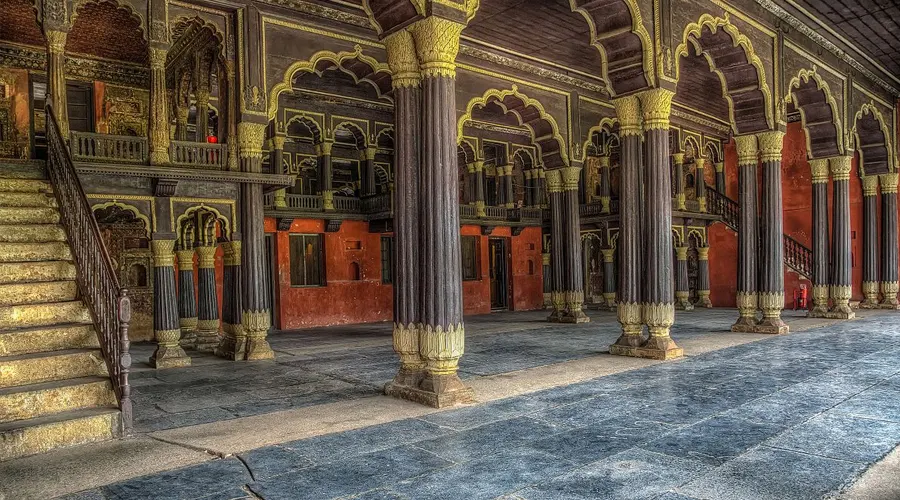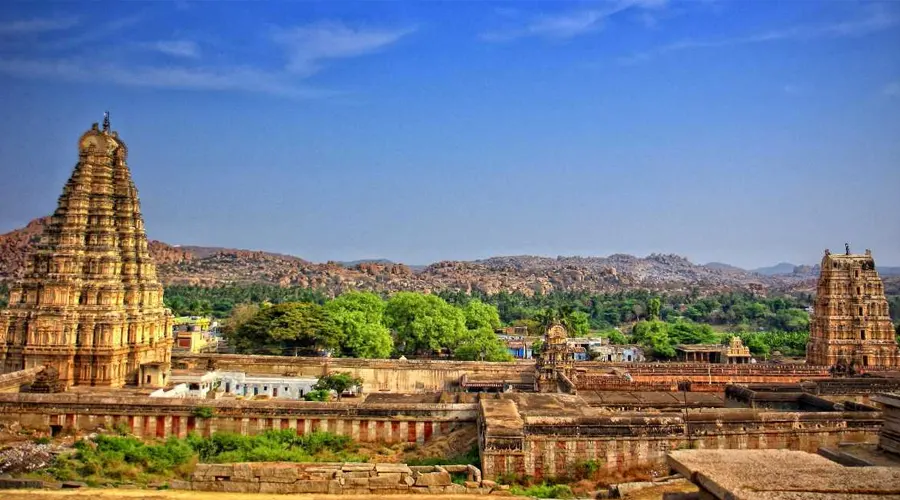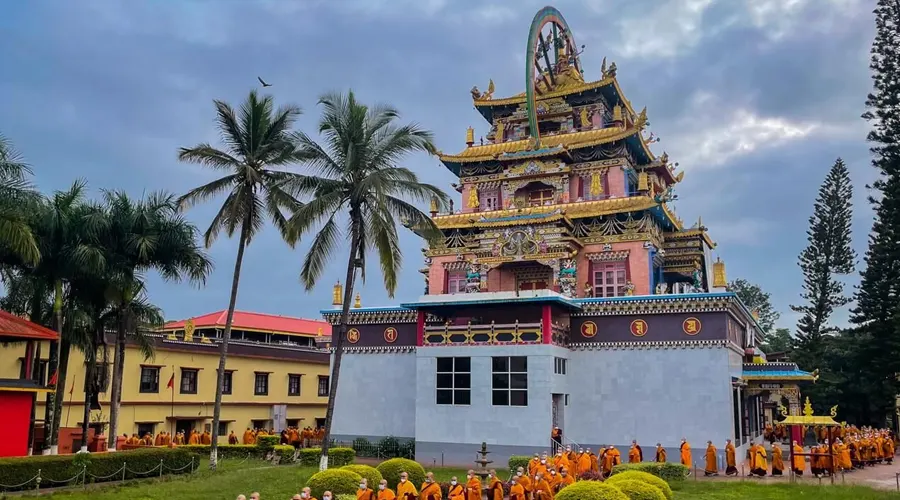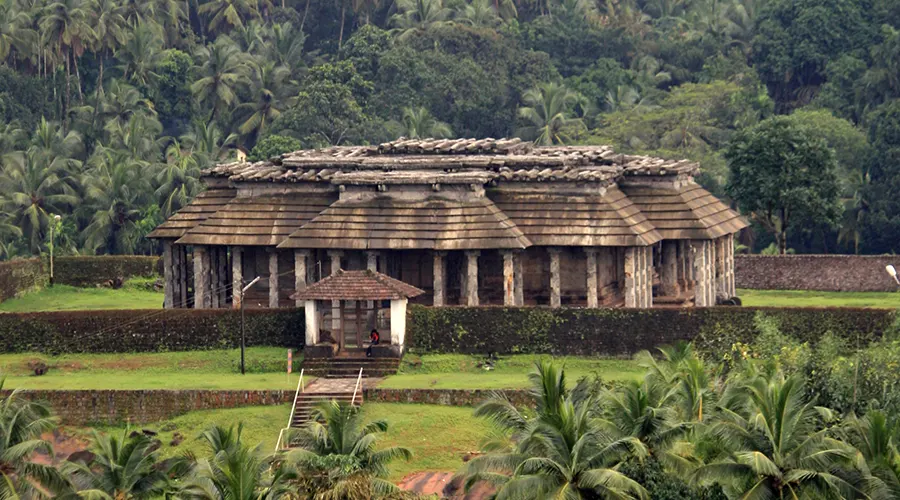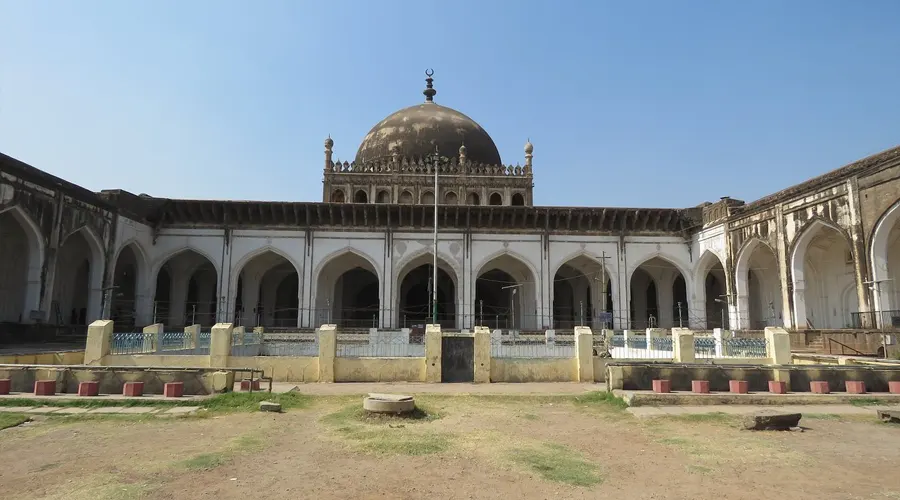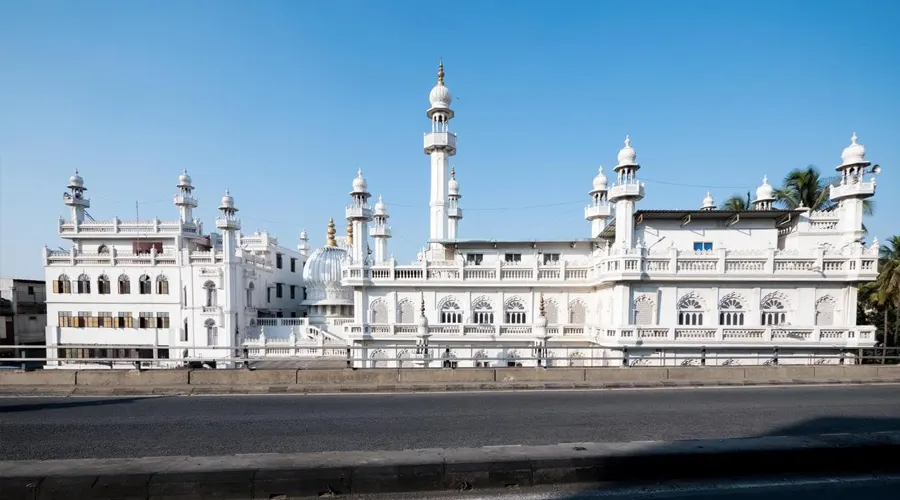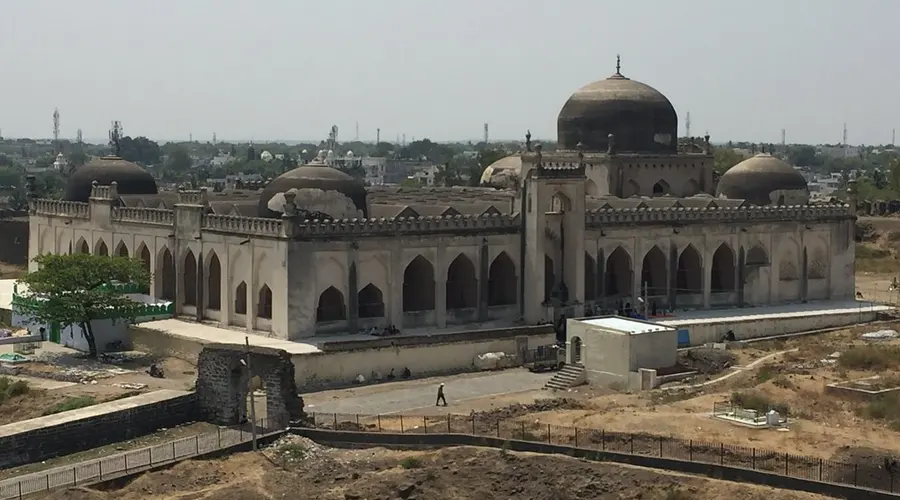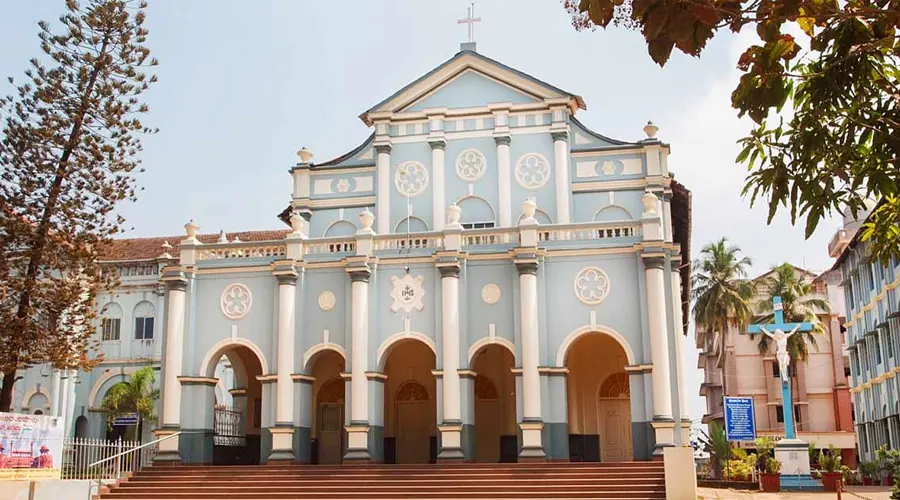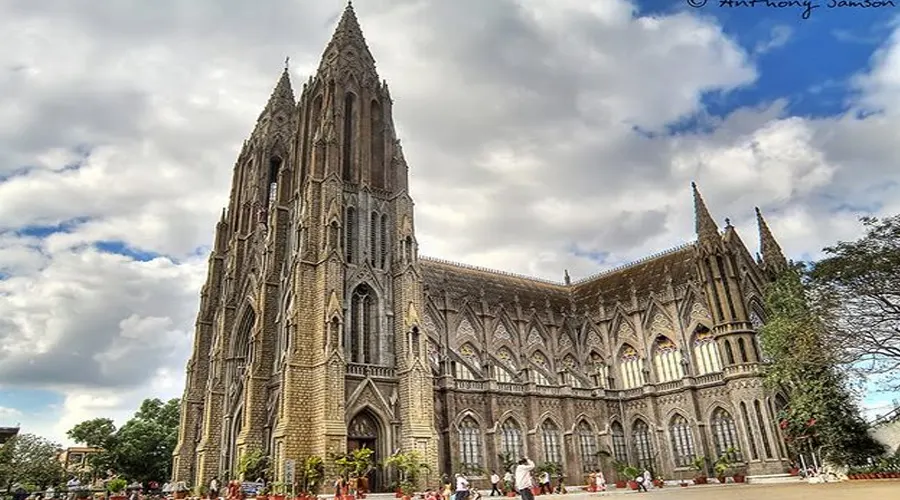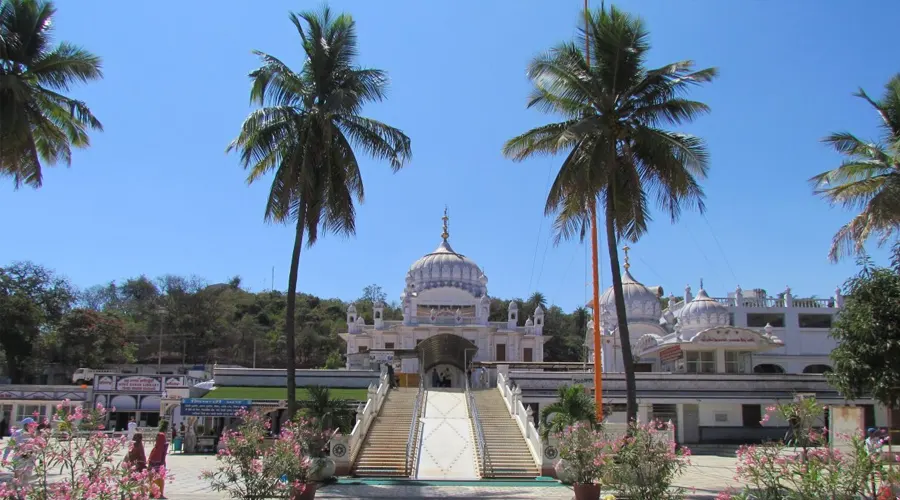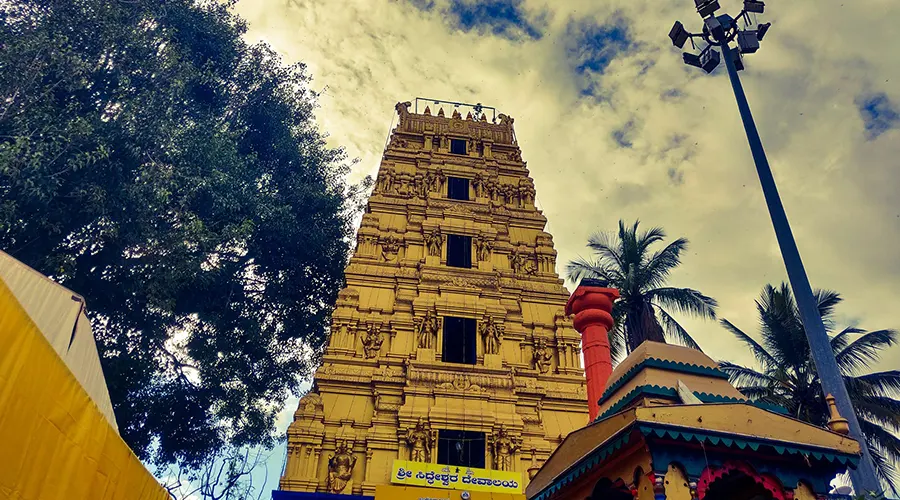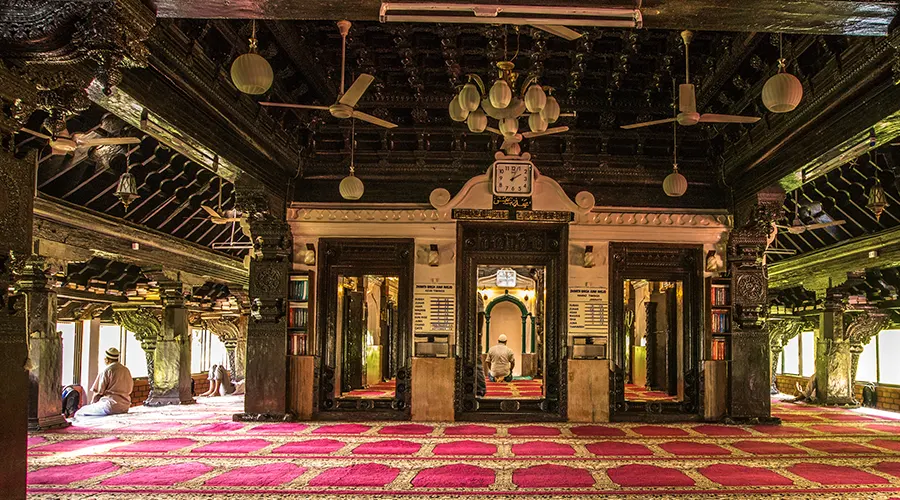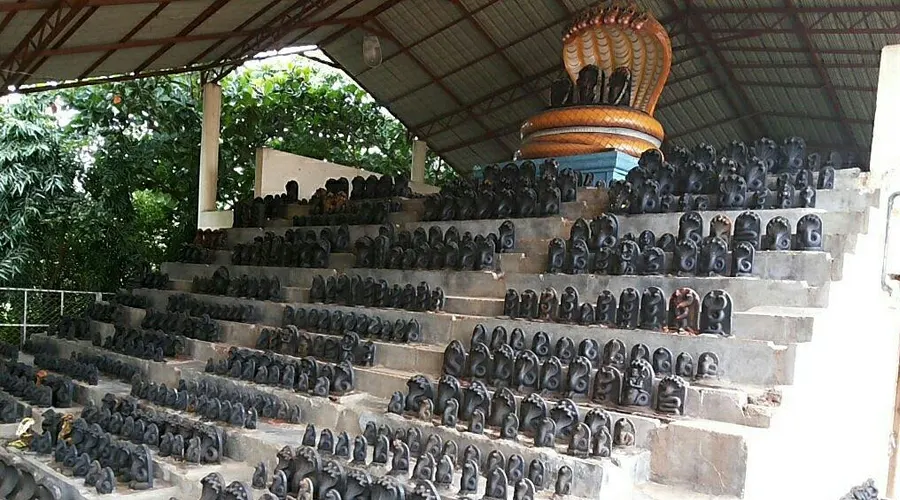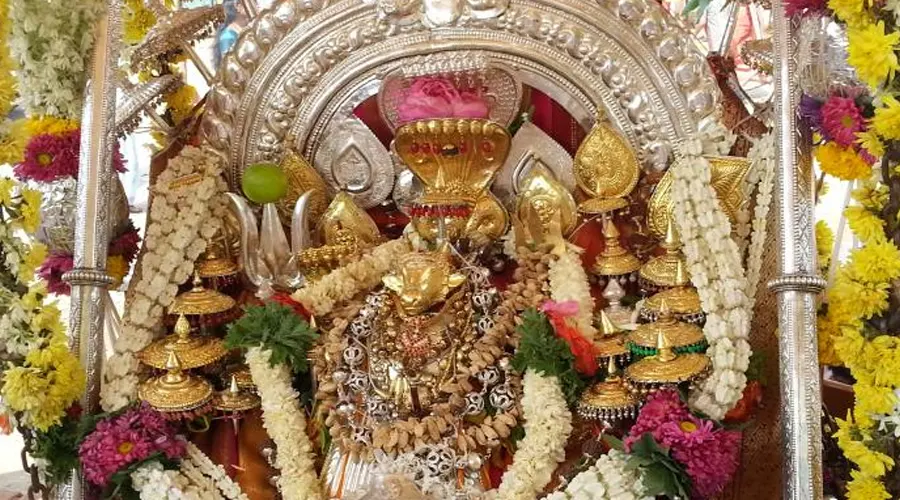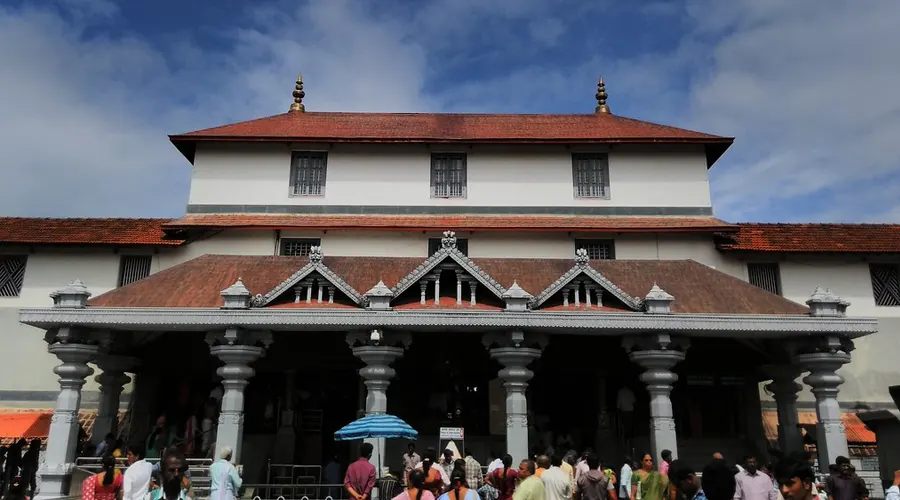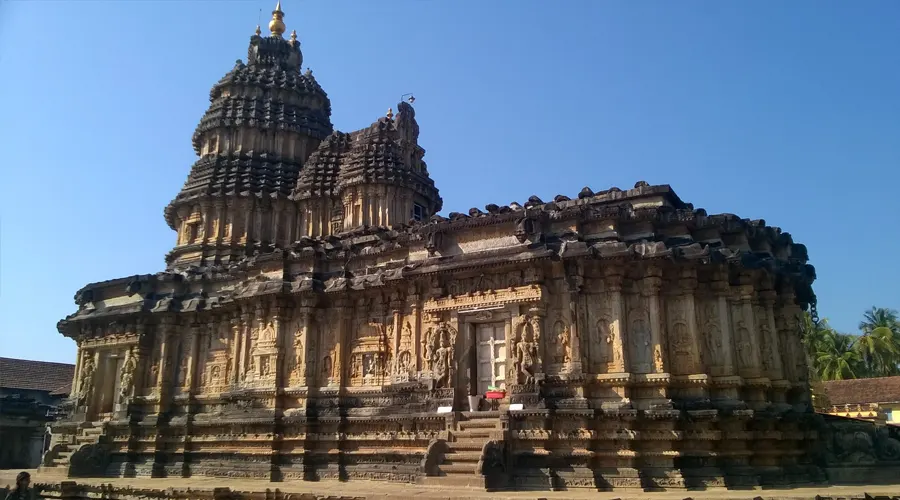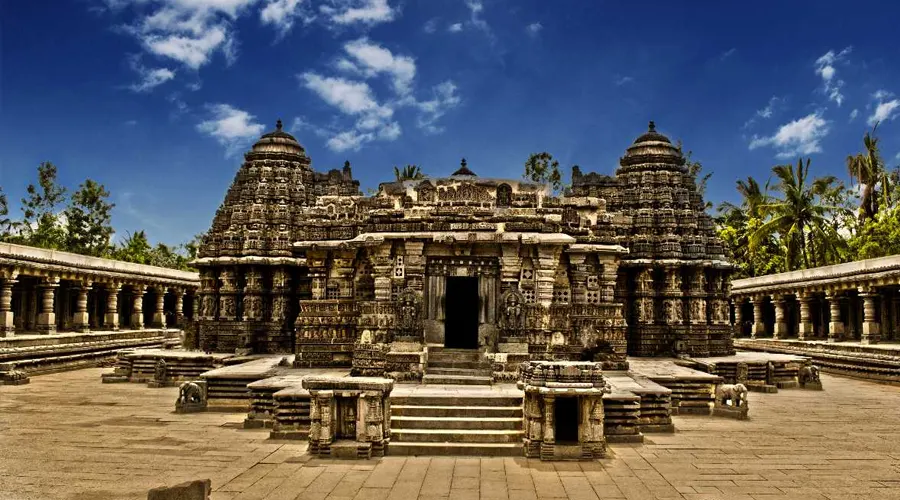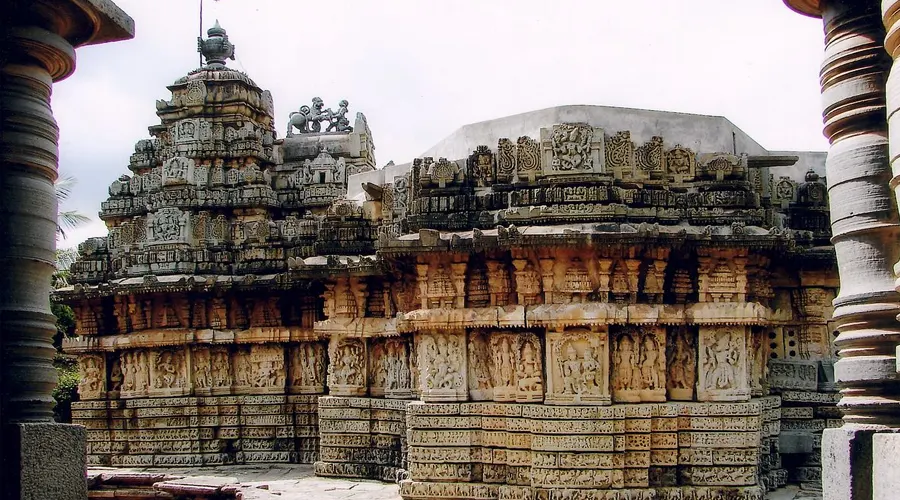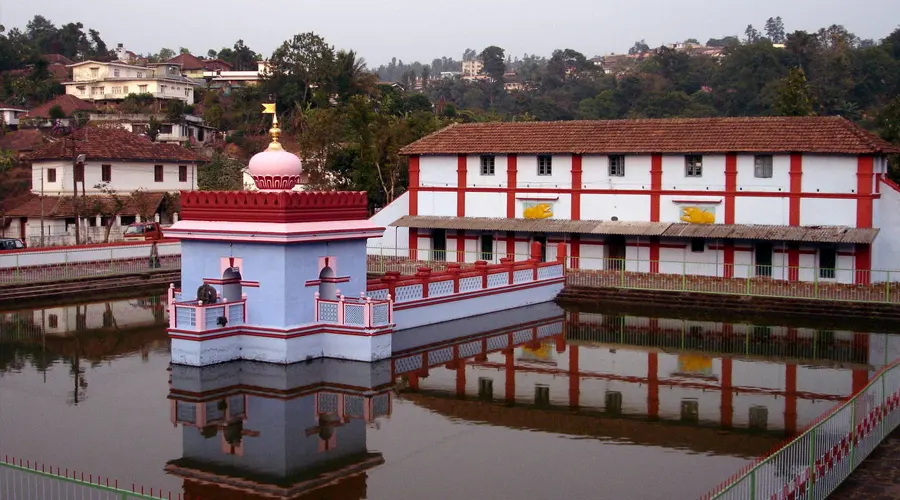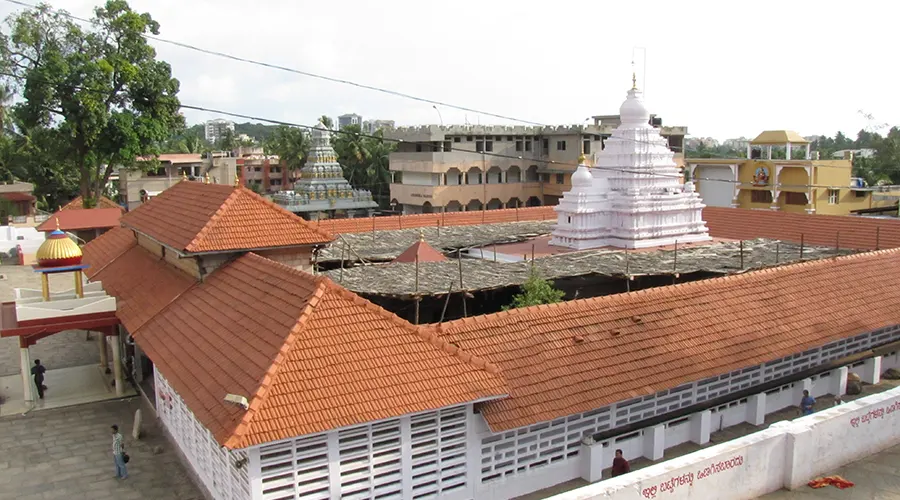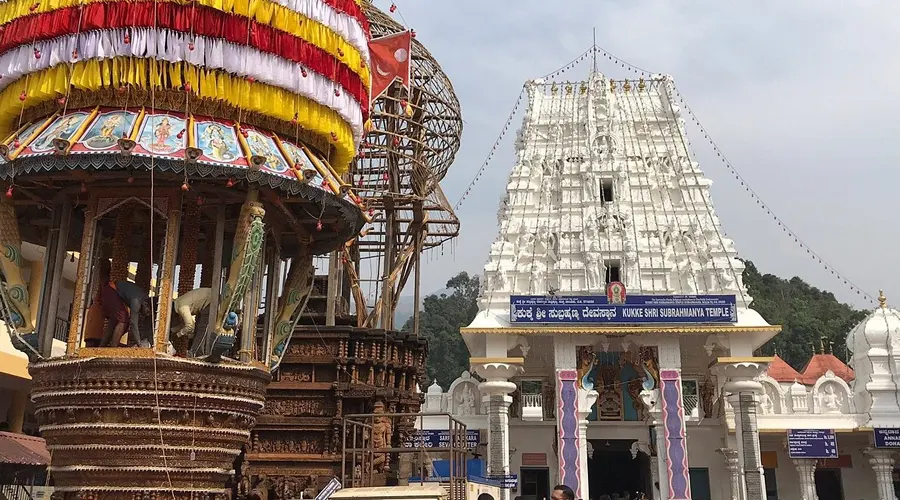Tipu Sultan's Summer Palace
One of the most popular tourist spots of Bangalore, Tipu Sultan’s Palace has been captivating visitors for since long. This palace, which used to be the summer retreat of Tipu Sultan was often called the ‘Abode of Happiness’ and ‘Envy of Heaven’ by the constructor himself. It was Nawab Haider Ali Khan who started constructing this palace in the year 1781. However, the construction was completed by Tipu Sultan in the year 1791.
It also has a museum. The palace has various items on display that are associated with Tipu Sultan and Hyder Ali. For example, the Clothes of Tipu Sultan, his crown, a Silver vessel that belonged to Hyder Ali, etc. have been showcased here.
Built with wood, stone, mortar, and plaster, this palace has two stories. The front of the palace has a huge wooden pillar with a base of stones. The design of the palace does resemble Indo-Islamic style with arches and brackets painted in a different color which further highlights the carvings done on them.
History of Tipu Sultan's Summer Palace
Tipu Sultan's Palace was built between 1781 and 1791 under the reign of the ruler of Mysore, Tipu Sultan inside the Bangalore Fort. The work commenced under the guidance and supervision of Hyder Ali in 1781, and the palace was completely ready by 1791.
Tipu Sultan used this fort as his summer palace and also to run his administration from Bangalore. After the death of the Mysorean Ruler in 1799 during the fourth Anglo-Mysorean war the palace and the fort were captured by the British who used the palace as a Secretariat before they relocated to Attara Kacheri. Post Independence, the historical monument was handed over to the Archaeological Survey of India.
Architecture of Tipu Sultan's Summer Palace
Tipu Sultan's Summer Palace is a wonderful specimen of the Indo- Saracenic style of architecture. The two-storeyed palace has been built solely of wood, teak, stone, mortar, and plaster, and is supported by huge wooden pillars with bases of stones. The rectangular building has accentuated arches and brackets.
The ceilings have been modified and have pretty carvings on them. While the interiors and the walls have been beautifully done with intricate paintings and floral motifs, the outward walls have portrayals of wars, historical events, and glorious kings. The 'Zenana' quarters, meaning the dwelling of royal women, are constructed in the corners of the first floor itself. The chambers have been prettified with elaborate features and frescoes.
Four flights of steps lead upstairs where the King supposedly conducted his durbars from the eastern and western balconies. Not far away is located the colossal mausoleum housing the graves of Tipu Sultan and his father, Hyder Ali.

